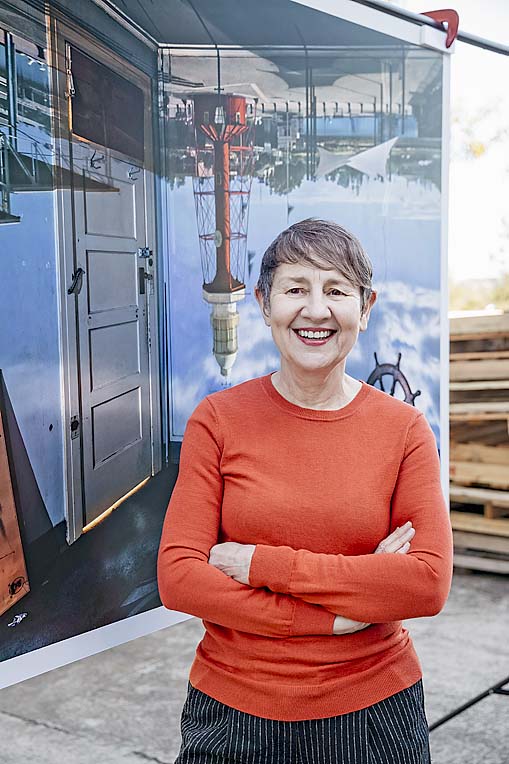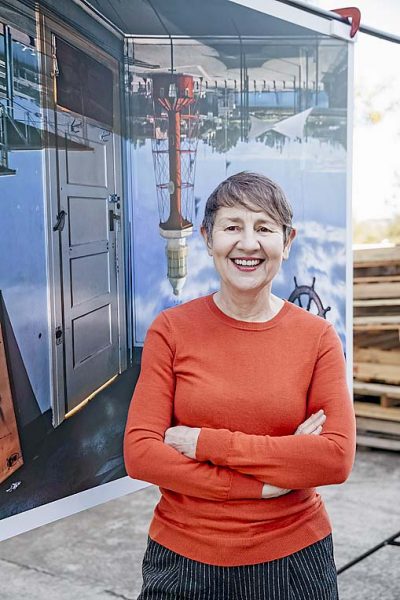

Picture: DANIEL BOUD
EIGHT large-scale camera obscure photographs by contemporary Australian artist Robyn Stacey will be on display for the first time in Mount Gambier from Saturday.
First shown as part of the 2016 Adelaide Biennial of Australian Art: Magic Object, Stacey’s camera obscura photographs depict an optical device of wonder, whereby the external world is trapped and inverted within theroom.
Included in the Robyn Stacey: Ray of Light exhibition are camera obscura photographs of iconic and well-known sites around Adelaide, including the Brookman Building at the University of South Australia, Carrick Hill, The Cedars at Hahndorf, the Institute Building, The Lighthouse Wharf Hotel in Port Adelaide, Parliament House and the South Australian Health and Medical Research Institute (SAHMRI).
In the artist’s words, these bewildering photographs become “a mash up of inside and outside”.
“The magic of the camera obscura is that it makes us question what we take for granted – the everyday experience is presented upside down and in reverse, mimicking the way an image forms on the retina,” Ms Stacey said.
“In some photographs cars drive over the ceiling and the sky and clouds cover the floor … it’s like being in a movie where you are in the world but removed from it at the same time.”
A live camera obscura will be installed at the second storey office of Vicki Quinn Real Estate for the duration of the Riddoch Art Gallery exhibition.
Visitors will be provided with a rare opportunity to immerse themselves in the wonder of the camera obscura.
“In the late nineteenth and early twentieth centuries, South Australians were an enthusiastic audience for the camera obscura,” Ms Stacey said.
“This optical device – which had a long history, having first been written about in the Greek philosopher Euclid’s Optics about 300BC – gained popularity among Australian colonists as a source of entertainment … the camera obscura fulfilled a function in understanding the landscape and marvelling at the state’s newly built cities and towns.”
Ms Stacey has presented work in major solo and group exhibitions, with her work held in public collections, including the National Gallery of Australia, National Portrait Gallery, Art Gallery of New South Wales, Art Gallery of Western Australia, National Gallery of Victoria, Art Gallery of South Australia and Queensland Art Gallery.
The exhibition will remain on show until January 27.
Guided tours, including the live camera obscura installation, will be available throughout December from Wednesday to Saturday at 11am.
A public talk about Robyn’s practice and the history of the camera obscura will be held alongside a guided tour of the exhibition on Saturday at the Riddoch Art Gallery from 10am.







